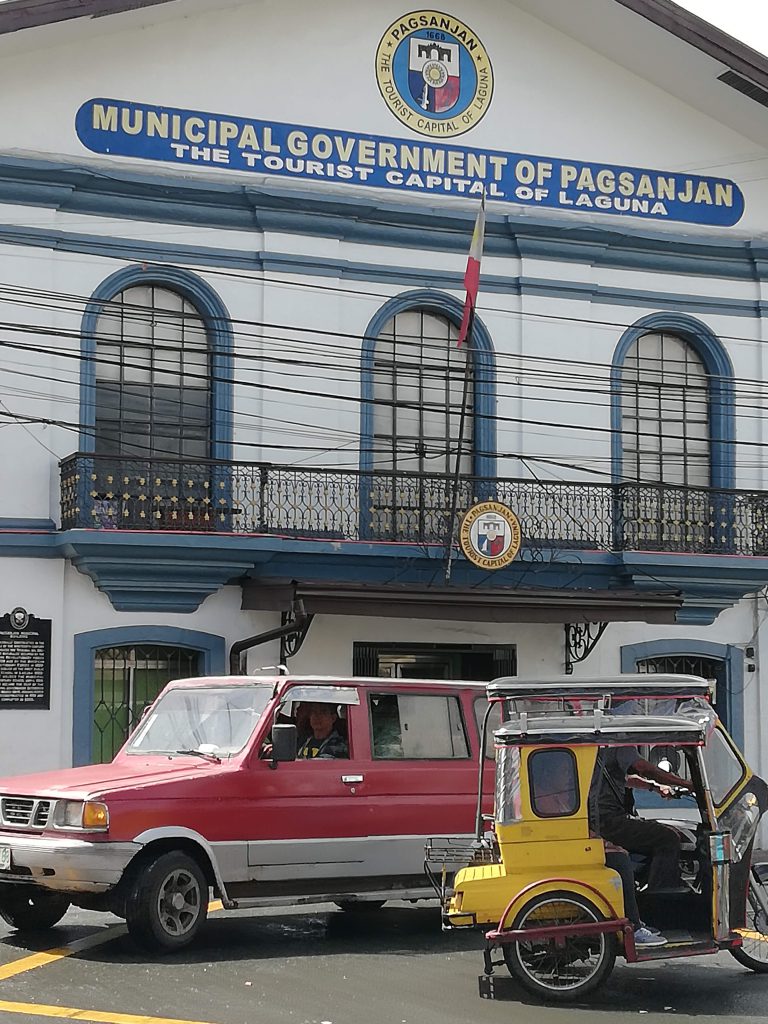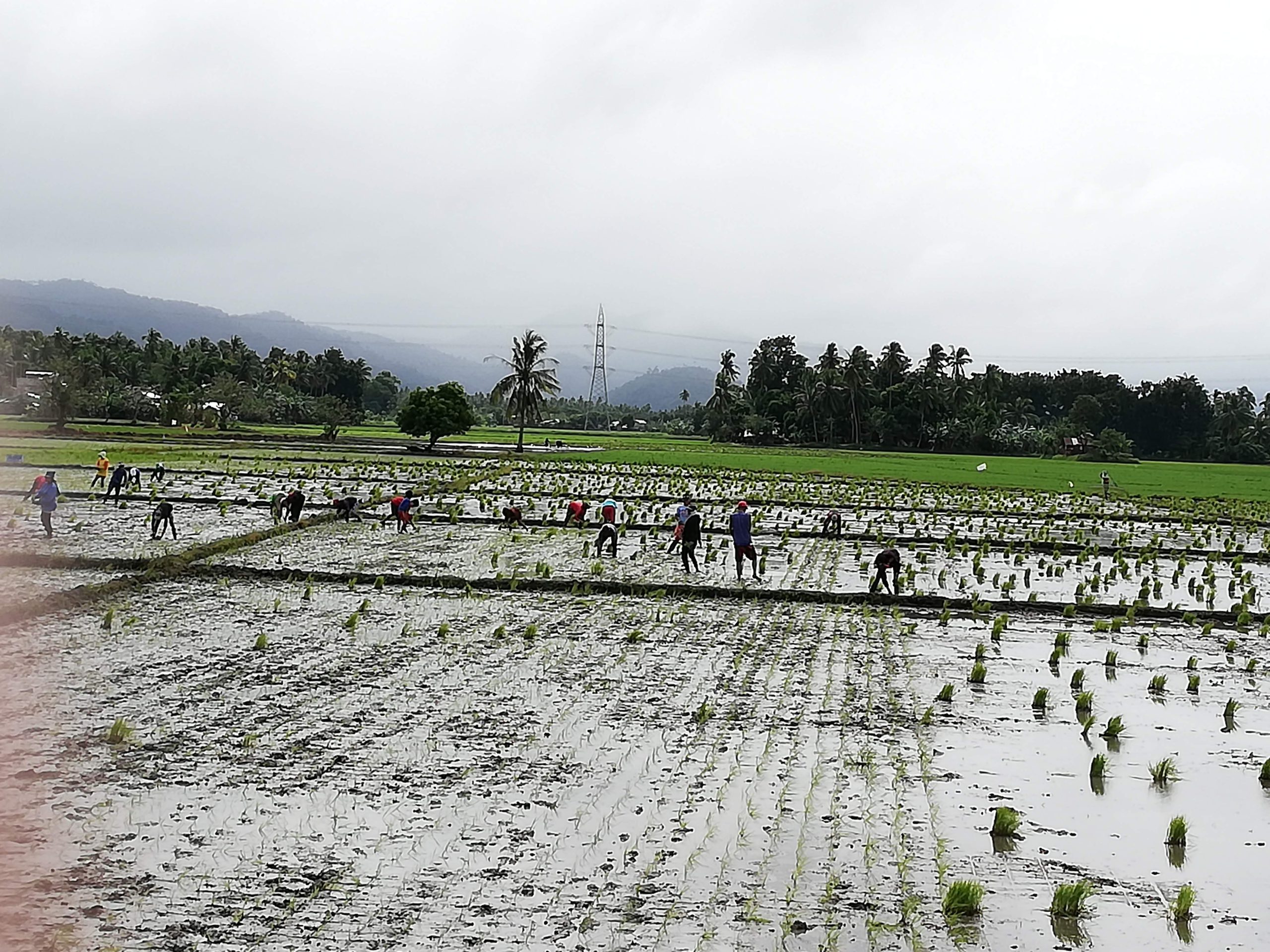In the Philippines, subdivision development is regulated by various government agencies, and developers need to secure several licenses and permits to ensure compliance with laws and regulations. Here are the main licenses needed for subdivision development in the Philippines:
- License to Sell (LTS): This is one of the most crucial licenses required for subdivision development. It is issued by the Housing and Land Use Regulatory Board (HLURB) formerly, now known as the Department of Human Settlements and Urban Development (DHSUD). The LTS authorizes the developer to sell lots or units in the subdivision project to the public.
- Development Permit (DP): Before commencing any construction activities, developers need to secure a Development Permit from the DHSUD. This permit ensures that the subdivision project complies with zoning and land use regulations, as well as with the approved subdivision plan.
- Environmental Compliance Certificate (ECC): If the subdivision development has potential environmental impacts, developers may need to secure an ECC from the Department of Environment and Natural Resources (DENR). This certificate ensures that the project complies with environmental regulations and mitigates any adverse effects on the environment.
- Building Permits: Developers need to obtain building permits from the local government unit (LGU) where the subdivision is located. These permits authorize the construction of buildings, structures, and other improvements within the subdivision project. The requirements and procedures for obtaining building permits may vary depending on the LGU’s regulations.
- Locational Clearance: Developers also need to secure a locational clearance from the DHSUD. This clearance verifies that the subdivision project is located in an area suitable for development and complies with land use regulations.
- Certificate of Registration (COR): Developers must be registered with the DHSUD to engage in subdivision development activities legally. The COR serves as proof of registration and must be renewed periodically.
- Tax Clearances and Permits: Developers need to ensure compliance with tax obligations by obtaining clearances and permits from the Bureau of Internal Revenue (BIR) and local government units.
- Other Permits and Clearances: Depending on the specific features and requirements of the subdivision project, developers may need to secure additional permits and clearances from various government agencies. These may include permits for road widening, drainage, sewerage, water supply, and other utilities.
It’s important for buyers to know the necessary permits needed in a subdivision development. Non-compliance with regulatory requirements can lead to lost of investment, delays in development, fines, and other legal consequences. RLTYPRO stands poised as your comprehensive resource for all your real estate needs.



Need po ba magbayad ng Building permit sa Munisipyo yearly kahit wala naman pinapagawa sa unit na kinuha sa Subdivision?